Tech
Get Help with File Explorer in Windows 10 & 11 Easily – Step by Step Guide
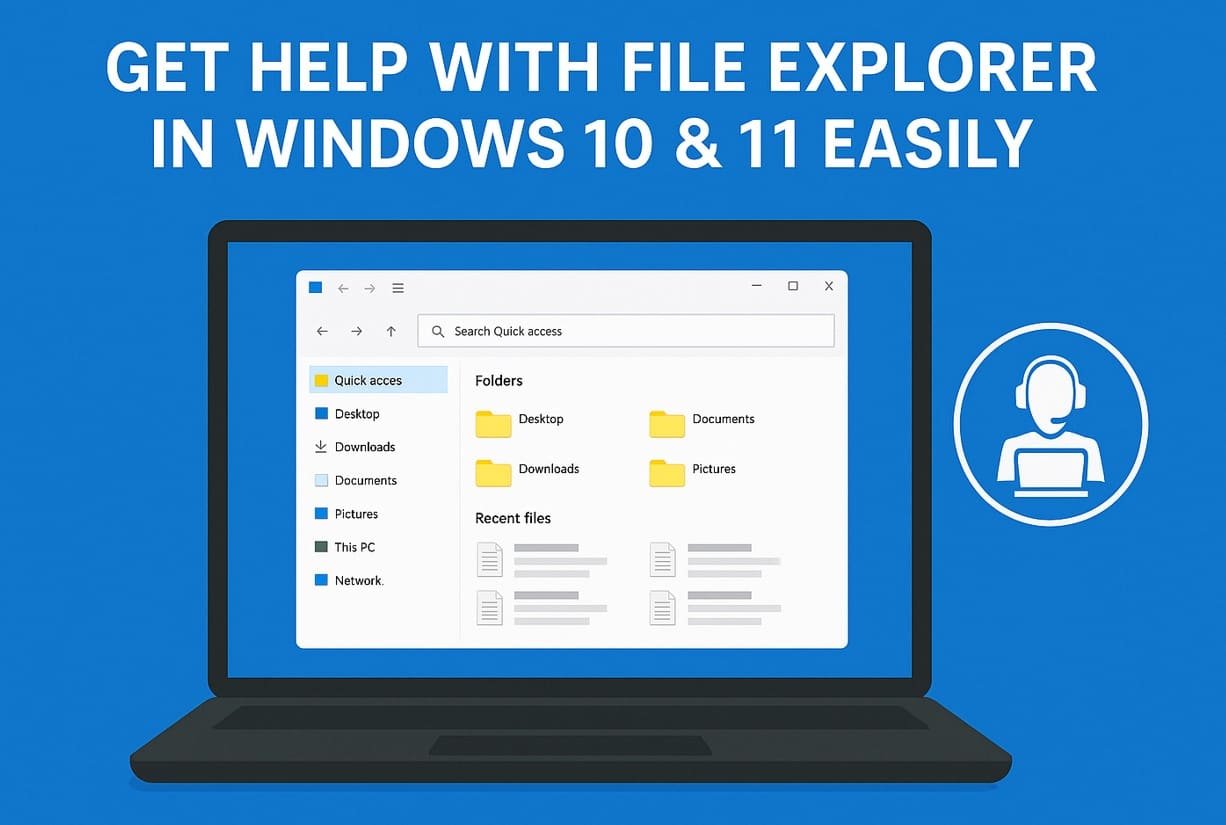
File Explorer is one of the most important parts of the Windows operating system. It helps users view, manage, and organize their files and folders. If you want to open documents, move photos, search for files, or plug in a USB drive, File Explorer is the tool you use. While it usually works well, sometimes users may face problems or need help using certain features. This article will guide you step-by-step on how to get help with File Explorer in Windows 10 and Windows 11.
We will cover how to open File Explorer, use it effectively, fix common issues, and where to find support if something goes wrong. This article is made for everyone, including beginners. The goal is to help you understand and solve problems on your own.
What is File Explorer
File Explorer is a built-in application in Windows that shows you all the files and folders stored on your computer. It was called Windows Explorer in older versions. File Explorer lets you move, copy, rename, delete, and organize files. It also helps you access storage devices like hard drives and USB sticks.
You can find documents, pictures, music, downloads, and more inside File Explorer. You can open many windows at once and work with different folders side by side. It also lets you sort, search, and view files in different ways.
How to Open File Explorer in Windows 10 and 11
There are several easy ways to open File Explorer:
- Click the yellow folder icon on the taskbar
- Press the Windows key + E on your keyboard
- Right-click the Start menu and select File Explorer
- Open Start and type “File Explorer” in the search bar, then click the result
Any of these methods will open a new File Explorer window. It usually starts in Quick Access, where you see recent files and frequently used folders.
Main Sections of File Explorer
When you open File Explorer, you will see a window with several parts:
- Navigation pane: On the left, you will see folders like Desktop, Documents, Pictures, Downloads, and This PC. You can click them to open quickly.
- Address bar: This shows your current folder location. You can type a location or use the drop-down menu to move around.
- File list: The main area shows the contents of the folder you are in. You can double-click a folder to open it.
- Ribbon menu: At the top, there are options like New Folder, Copy, Paste, and Properties. These change based on what you have selected.
- Search bar: At the top-right corner, you can search for files and folders by name or keyword.
Using File Explorer to Organize Files
File Explorer lets you do many things with files:
- To create a folder, right-click in any empty space, choose “New” then “Folder”, and give it a name.
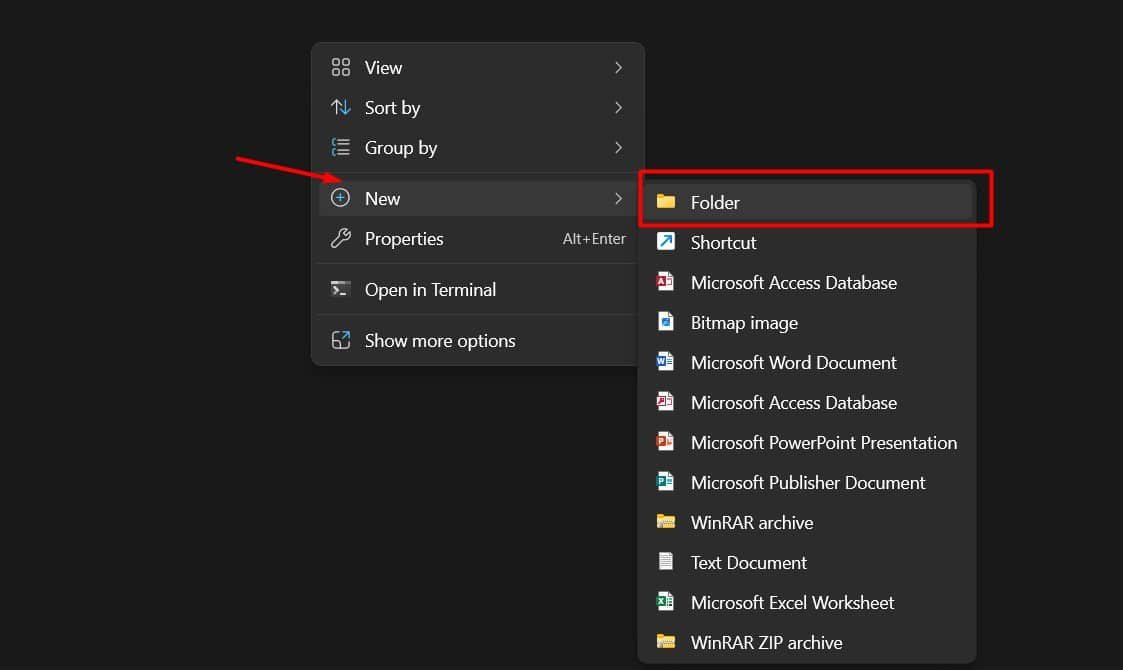
- To rename a file, right-click it and choose “Rename”, or click it once and press F2.
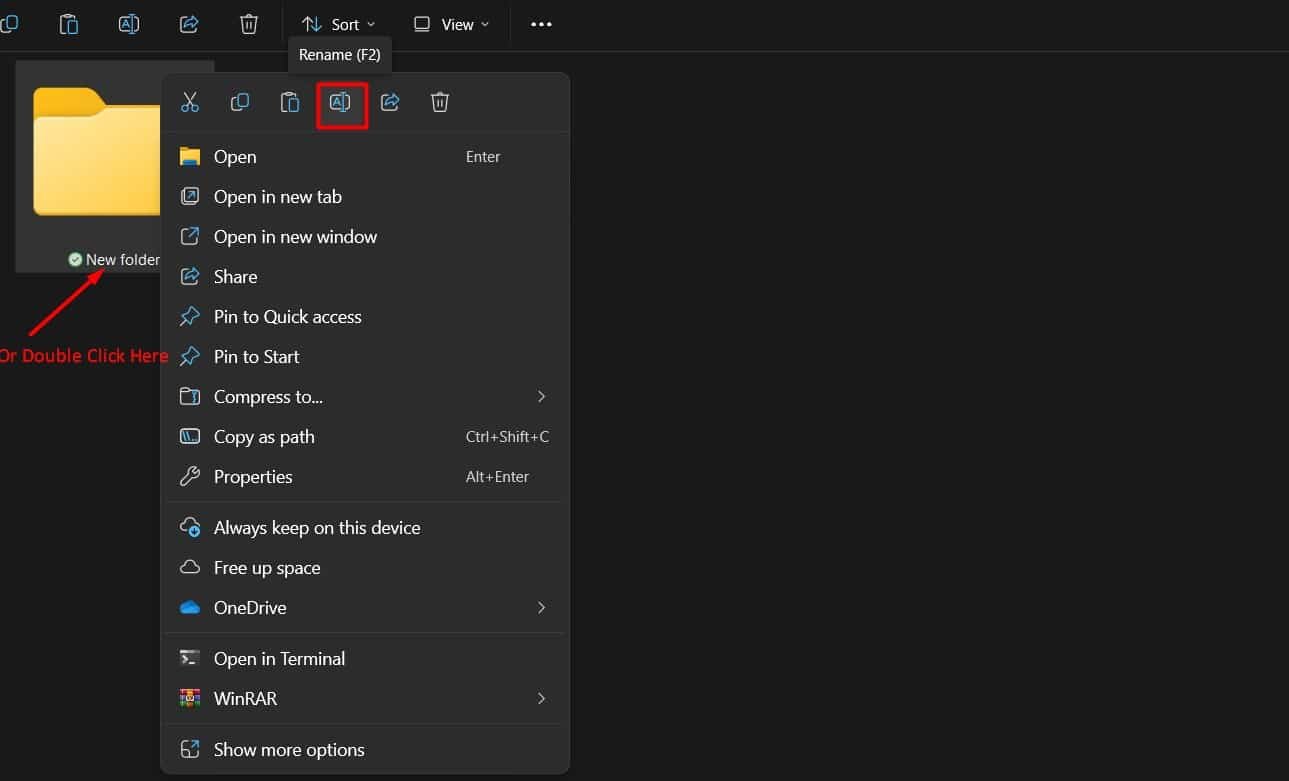
- To copy or move a file, select it and use right-click > Copy or Cut. Then go to the new location and right-click > Paste.
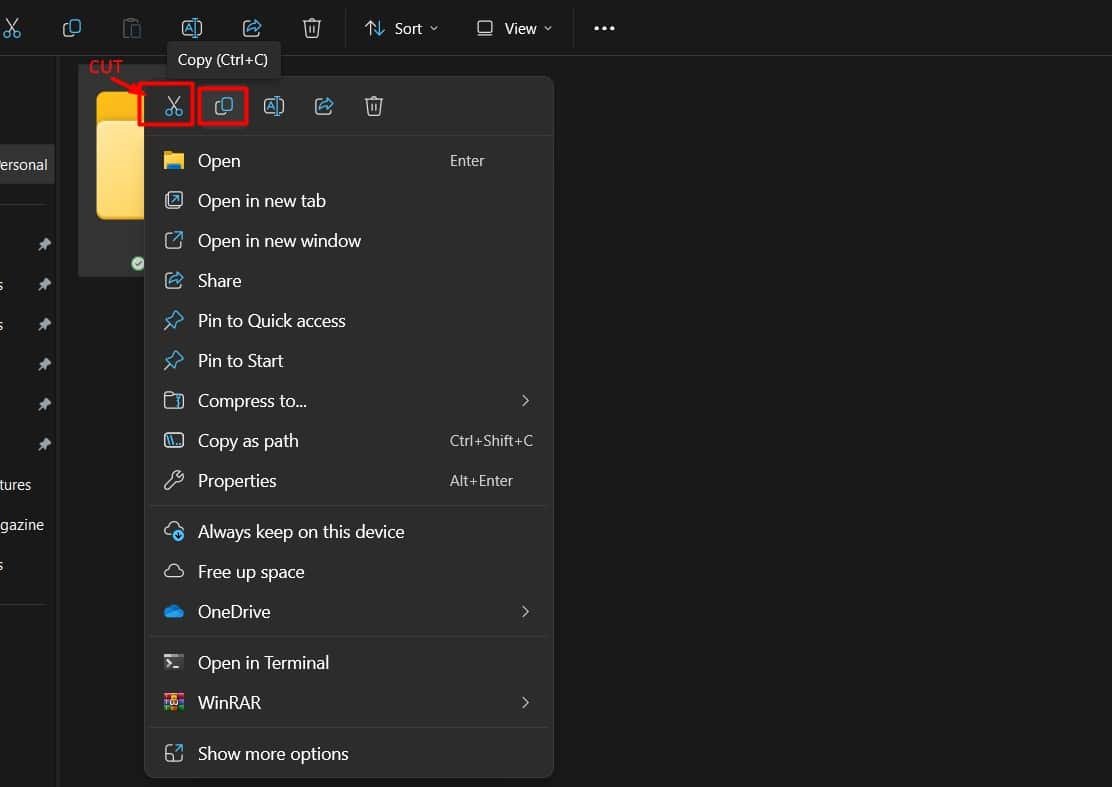
- To delete a file, right-click and choose “Delete”, or select and press the Delete key. Deleted files usually go to the Recycle Bin unless removed permanently.
- To view details, right-click the file and choose “Properties”. This shows size, date created, and other information.
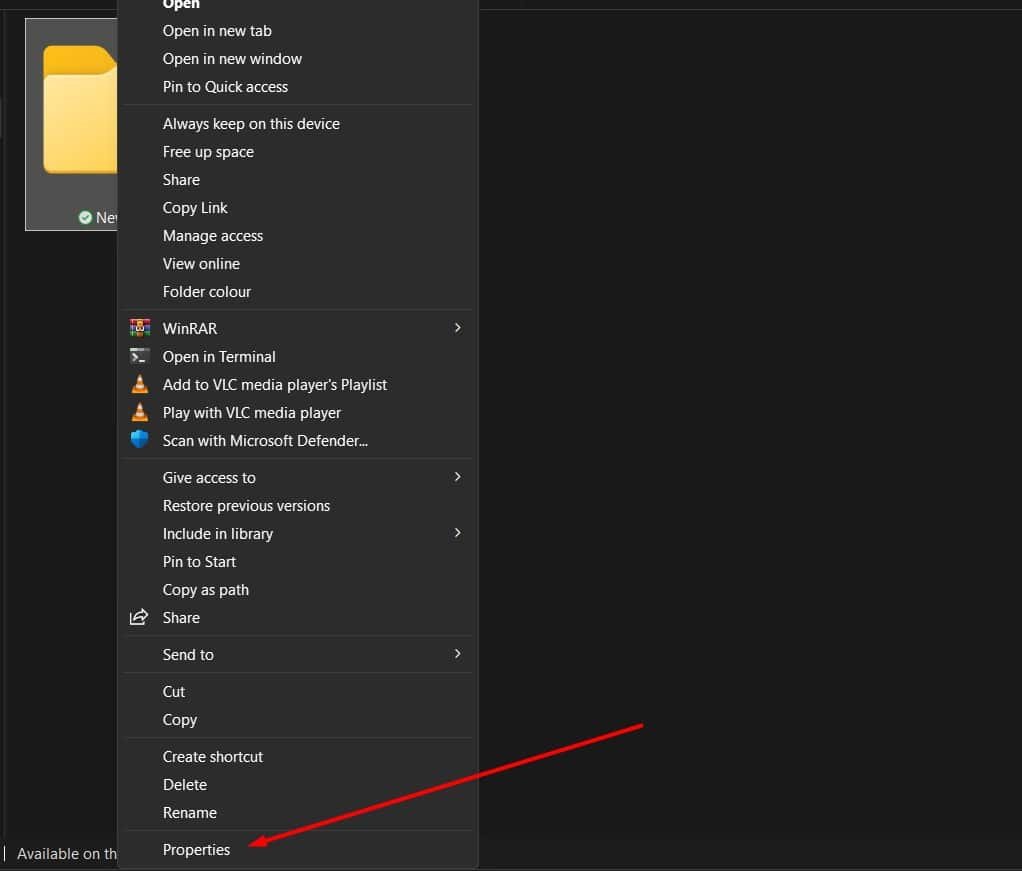
These steps work the same way in both Windows 10 and Windows 11.
Changing View and Sorting Options
File Explorer gives you several ways to view files:
- Click the “View” tab on the top menu
- Choose options like List, Details, Large Icons, or Tiles
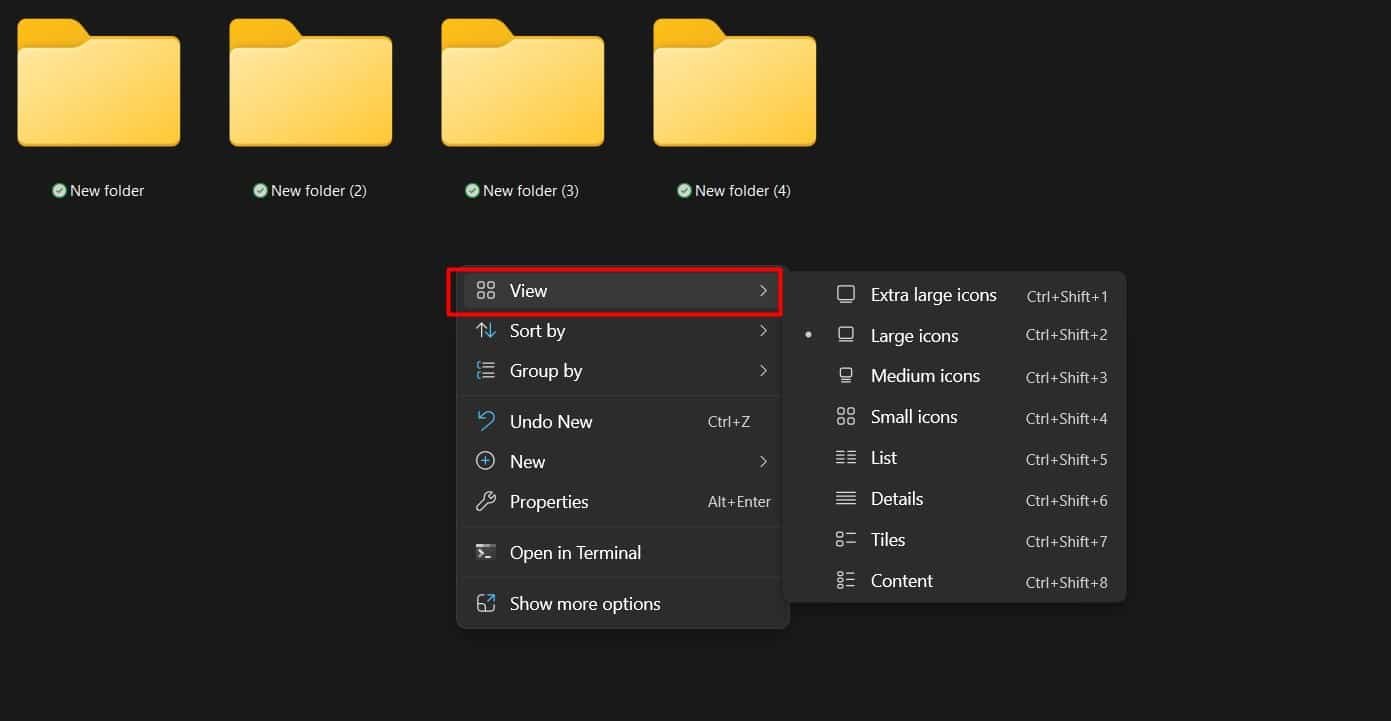
- Use the “Sort by” option to arrange files by name, size, date, or type
- Group files by similar details using “Group by”
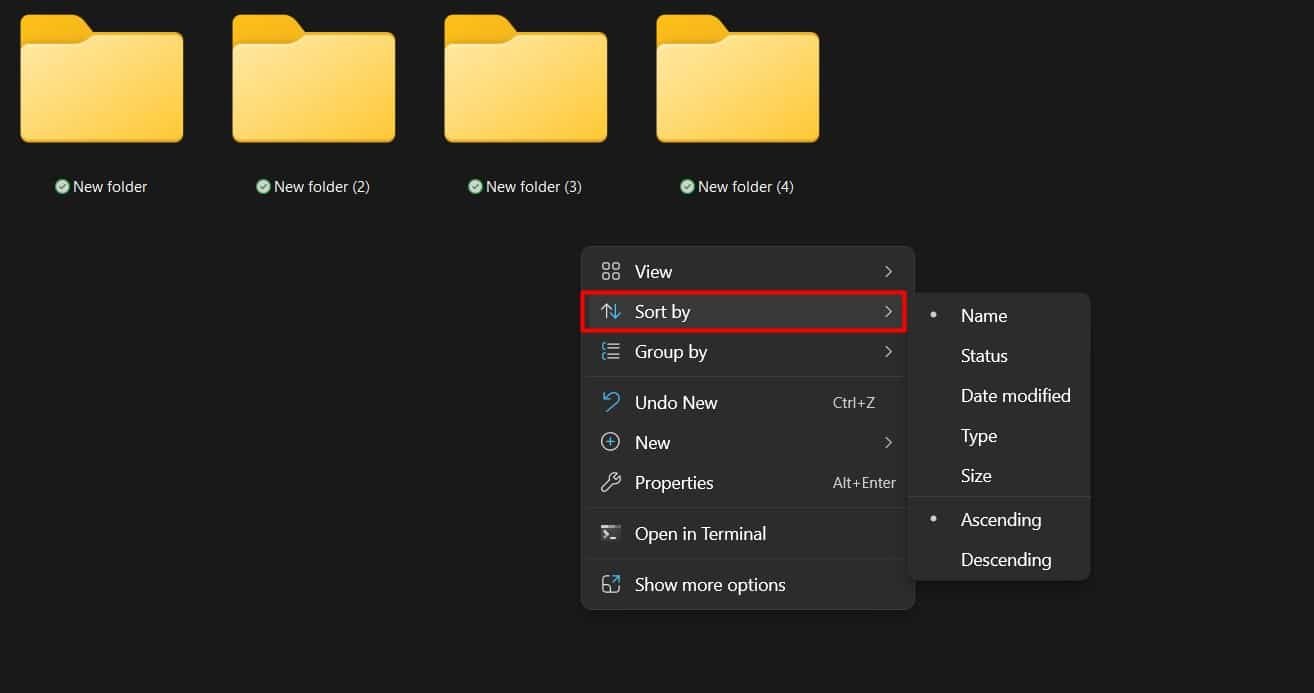
Changing the view helps you find and manage files more easily. You can also enable or disable file extensions and hidden files from the View tab.
Using Quick Access and This PC
Quick Access is a feature that shows your most used folders and recently opened files. You can pin folders you use often so they are always easy to find.
To pin a folder:
- Right-click any folder
- Select “Pin to Quick access”

To remove it:
- Right-click the pinned folder
- Choose “Unpin from Quick access or click the Pin to Quick Access again”
This PC shows all your drives and main folders like Documents, Music, and Videos. It also shows how much storage you have left on each drive.
Searching for Files in File Explorer
The search bar at the top-right of File Explorer lets you find files by name or content. Just type a word or part of the name and press Enter. The system will search in the current folder and its subfolders.
Tips for faster searching:
- Type file extensions like *.docx or *.jpg to find file types
- Use filters like date modified, size, or keywords in file content
- Be patient when searching large folders

You can also go to the Search tab after typing to see more search tools.
Fixing Common File Explorer Problems
Sometimes File Explorer may not work as expected. Here are common issues and how to fix them:
-
File Explorer not opening
Try these solutions:
- Restart your computer
- Press Ctrl + Shift + Esc to open Task Manager, find “Windows Explorer” and click “Restart”
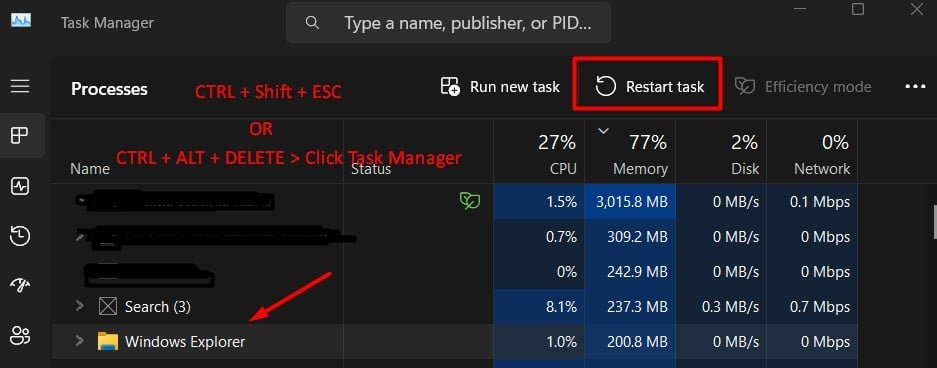
- Run Windows Update to get the latest fixes
- Scan your system with antivirus software in case of malware
-
File Explorer running slow
Fix it by:
- Clearing Quick Access history: Open File Explorer Options > Clear
- Disabling preview pane: Go to View tab and uncheck “Preview pane”
- Updating your system and drivers
-
File Explorer crashes or freezes
Try:
- Opening in Safe Mode to check if another app is causing issues
- Running System File Checker: Open Command Prompt and type sfc /scannow
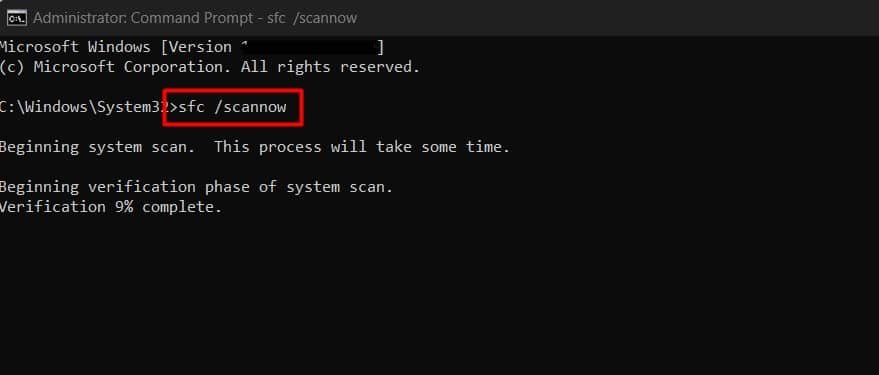
- Creating a new user account to see if the problem is user-specific
-
Missing folders or files
If you cannot find a file:
- Check the Recycle Bin
- Use the search bar
- Make sure “Hidden files” are visible in View settings
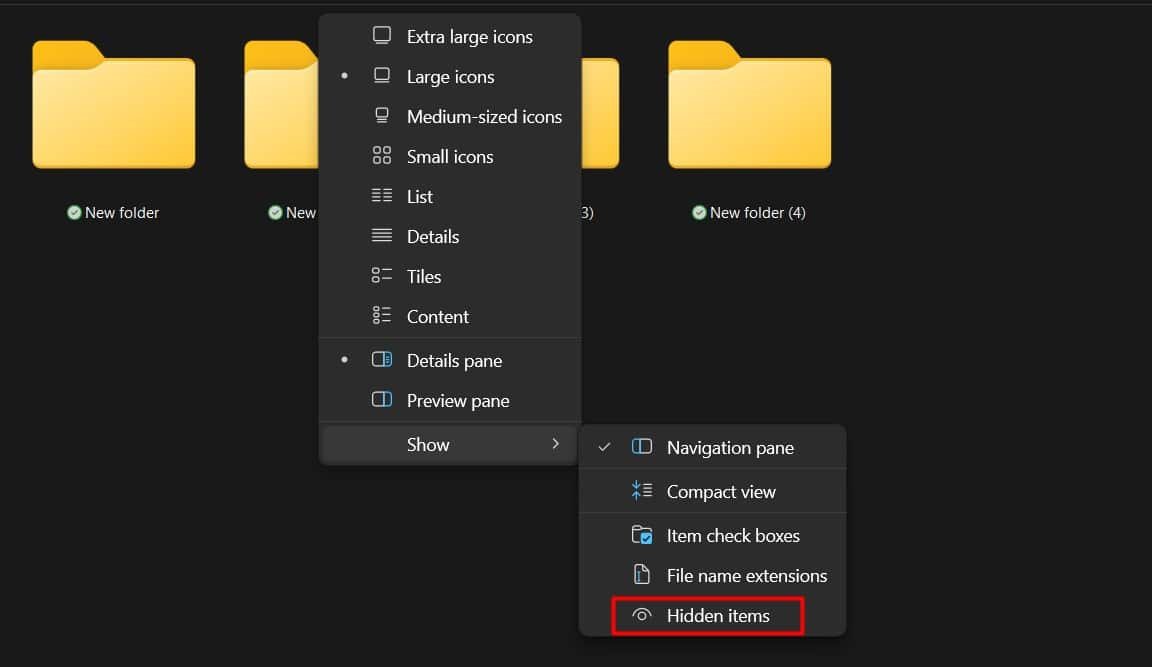
- Use File History or Backup if set up
These solutions usually solve most problems users face with File Explorer.
How to Reset File Explorer Settings
If File Explorer settings are changed and you want to go back to default:
- Open File Explorer
- Click “View” tab and choose “Options”
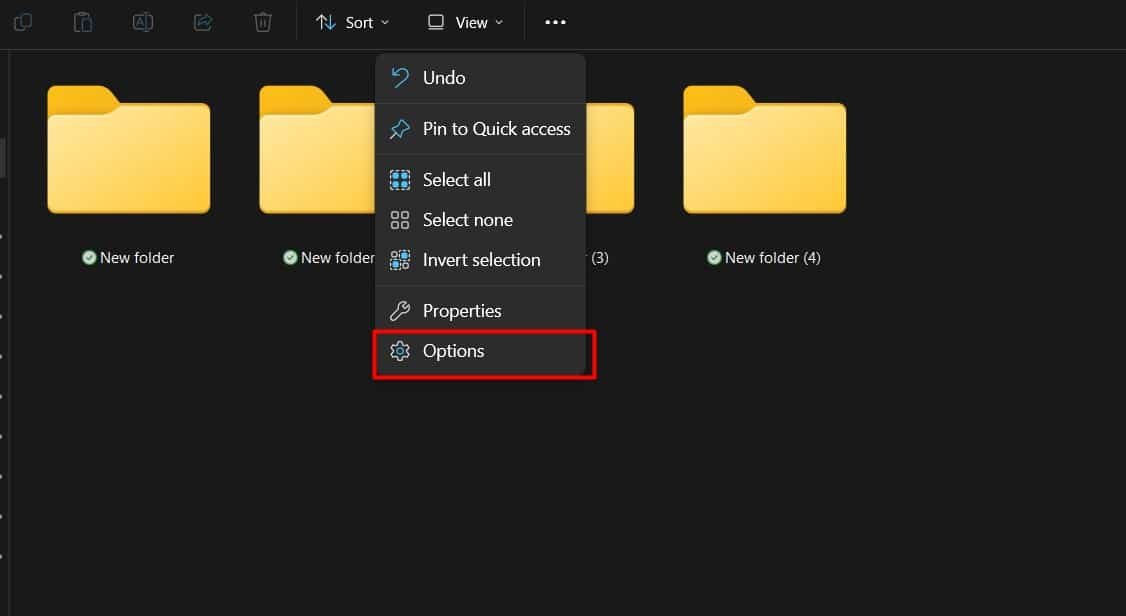
- In Folder Options, go to “General” tab and click “Restore Defaults”
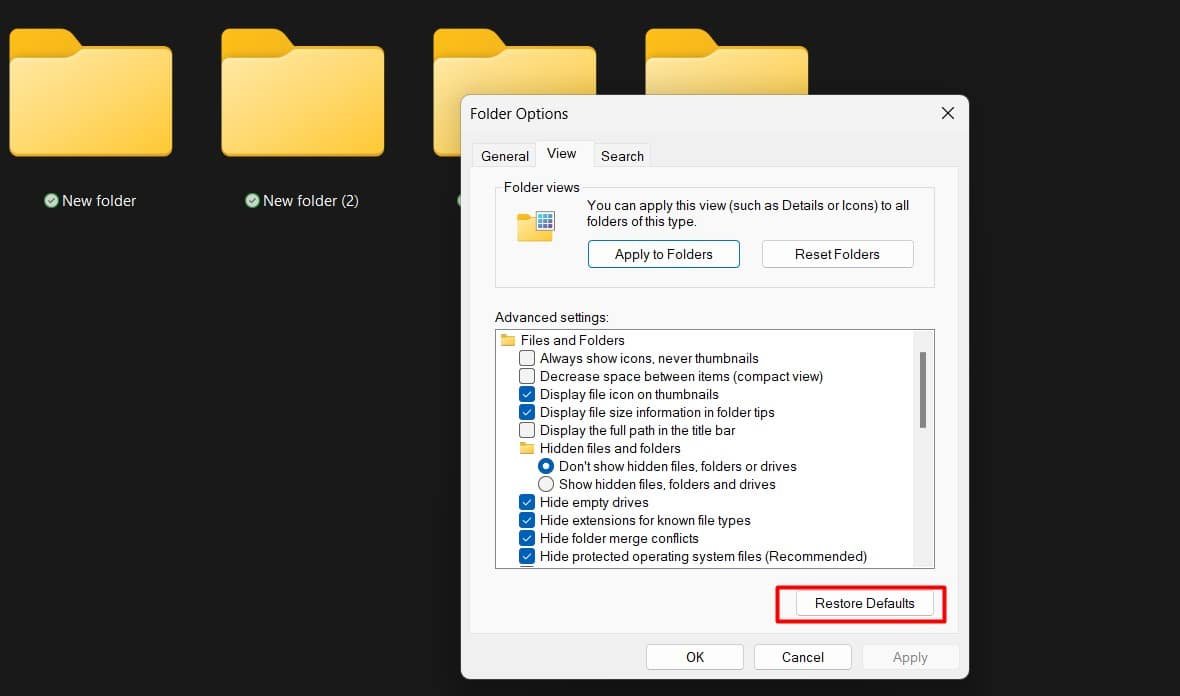
- Do the same in the “View” tab
Click Apply and OK. This will reset view settings and Quick Access behavior.
Using File Explorer Tabs in Windows 11
Windows 11 introduced a useful feature that was not available in earlier versions: tabs in File Explorer. This feature allows you to open multiple folders in one window, just like using tabs in a web browser. This makes multitasking easier and helps keep your screen tidy.
To open a new tab:
- Press Ctrl + T
- Or click the “+” button at the top of the File Explorer window
To close a tab:
- Press Ctrl + W
- Or click the “X” on the tab
You can drag tabs to reorder them or right-click a tab for more options. This feature is currently only available in Windows 11, and it works very smoothly.
Keyboard Shortcuts for File Explorer
Here are some helpful keyboard shortcuts that can make using File Explorer faster:
- Windows + E – Open File Explorer
- Ctrl + N – Open a new File Explorer window
- Ctrl + T – Open a new tab (Windows 11 only)
- Alt + Left Arrow – Go back
- Alt + Right Arrow – Go forward
- Alt + Up Arrow – Go one level up
- Ctrl + C / Ctrl + X / Ctrl + V – Copy / Cut / Paste
- F2 – Rename selected item
- Delete – Move selected item to Recycle Bin
- Shift + Delete – Permanently delete item
- Ctrl + Z – Undo last action
These shortcuts work in both Windows 10 and 11, except for tab features which are only in Windows 11.
Check out: How to Enable or Turn Off BitLocker on Windows 11
Customising File Explorer Settings
You can make File Explorer behave the way you like by changing its settings.
To open settings:
- In File Explorer, click on the “View” tab
- Choose “Options” or “Folder Options”
In the General tab:
- You can change whether File Explorer opens to Quick Access or This PC
- You can show or hide recently used files and folders
- You can enable or disable single-click to open items
In the View tab:
- You can choose to show hidden files and folders
- You can show file extensions for known types
- You can reset the view to default if needed
These settings help you control how you interact with files and folders.
File Explorer Integration with OneDrive
In both Windows 10 and Windows 11, OneDrive is built into File Explorer. This means your cloud files appear alongside local files.
You can find OneDrive in the navigation pane on the left side. If you are signed in with your Microsoft account, files in your OneDrive will be synced and backed up to the cloud.
Features include:
- Automatic syncing of files
- Offline access to recent files
- Easy sharing of files by link
- Freeing up space with the “Free up space” option
This is useful if you want to back up important folders like Documents or Pictures without using a USB drive or external hard disk.
Troubleshooting OneDrive Issues in File Explorer
Sometimes users face problems with OneDrive not syncing or not showing up. Here’s what you can do:
- Make sure you are signed into your Microsoft account
- Right-click the OneDrive icon in the taskbar and choose “Settings”
- Go to the Account tab and check if your folders are selected for syncing
- Restart the OneDrive app
- Run the built-in troubleshooter: Go to Settings > System > Troubleshoot > Other troubleshooters > OneDrive
If the problem continues, visit the official Microsoft support site for help.
File Explorer and External Devices
When you plug in a USB drive, external hard disk, or SD card, File Explorer should show it under “This PC” or “Devices and Drives.” You can open it, move files, and safely remove it afterward.
If the device does not show up:
- Try using a different USB port
- Check if the device works on another computer
- Open Disk Management (Windows + X > Disk Management) to see if it appears there
- Assign a drive letter if needed
- Update USB drivers in Device Manager
These steps help fix issues with external devices not appearing in File Explorer.
How to Reinstall or Repair File Explorer
If File Explorer is badly broken and nothing else works, you can try repairing or resetting it. Windows does not allow uninstalling File Explorer, but you can reset system components.
Options include:
- Running the System File Checker (sfc /scannow)
- Running the DISM Tool (DISM /Online /Cleanup-Image /RestoreHealth)
- Creating a new user account
- Performing a Repair Install of Windows using the Media Creation Tool
These advanced steps are safe if followed carefully and can fix deep issues in the system.
When to Seek Professional Help
If File Explorer problems do not go away even after troubleshooting, it may be time to contact professional support. You can:
- Use Windows Support chat or call
- Visit the Microsoft Support website and use the virtual agent
- Take your device to a certified technician
- Use the Feedback Hub app to report bugs to Microsoft
It is important not to modify system files or download third-party “fix” tools from unknown sources. They may cause more harm than good.
Conclusion
File Explorer is more than just a tool to browse files. It plays a big role in daily computer use. Whether you are a student, employee, or home user, knowing how to use and fix File Explorer will make your work smoother and save time.
This guide showed you how to open File Explorer, organize files, change settings, solve problems, and use advanced features like tabs and cloud syncing. With these steps, you can take full control of how you use your computer.
Always keep your system updated, stay aware of new features, and never hesitate to ask for help when you need it. With this knowledge, you are now ready to explore, manage, and troubleshoot files in Windows 10 and 11 with ease.
Read more: Why You Should Go Passwordless Using Windows Hello on Windows
-

 Tech1 month ago
Tech1 month agoSora 2 Invite Code: How to Get One (Step-by-Step Guide)
-

 Fashion2 months ago
Fashion2 months agoThe Ultimate Shoe for Moms on the Go: Tieks Ballet Flats
-

 Fashion2 months ago
Fashion2 months agoHow to Create a Modern Royalty Outfit for Any Occasion
-

 Tech2 months ago
Tech2 months agoTop Benefits of Mobile Threat Defense for Corporate Security






